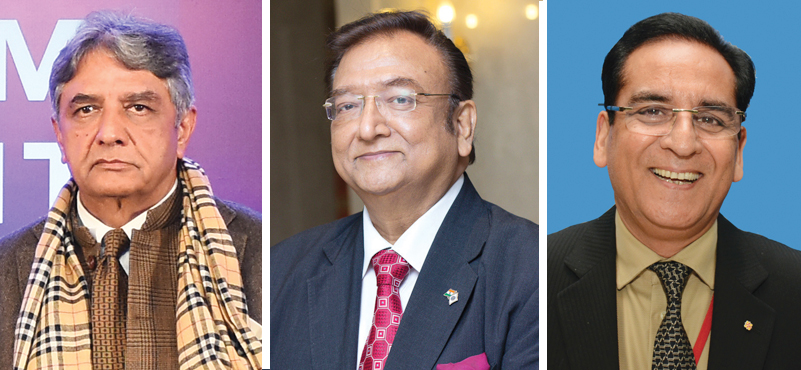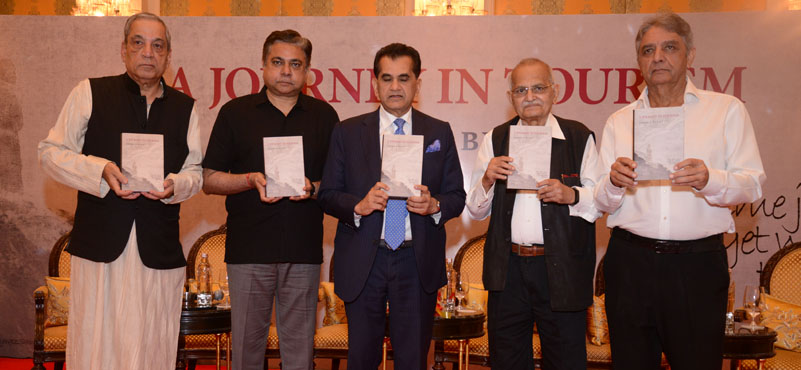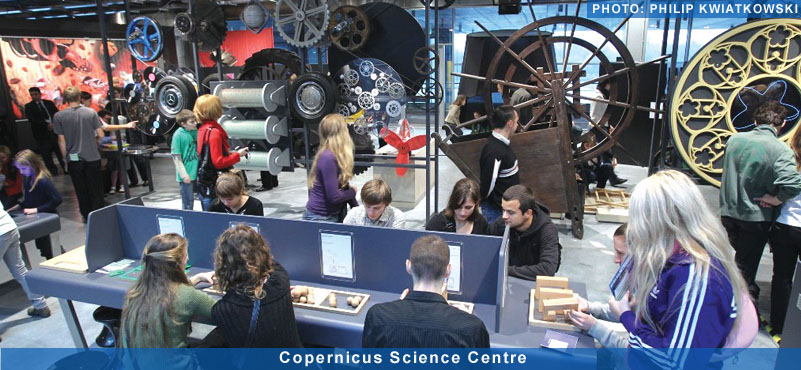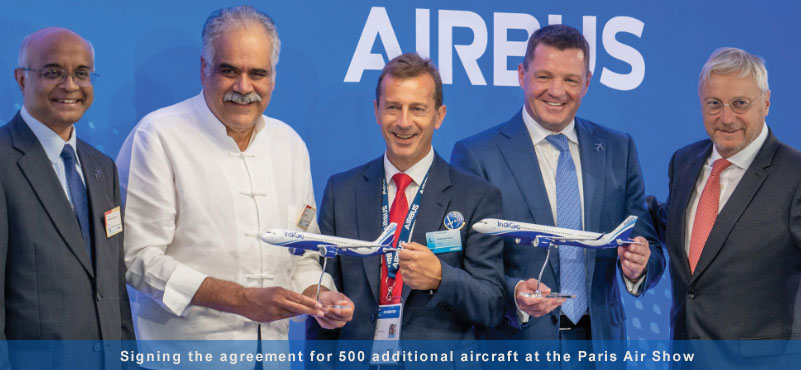The Prime Minister has set the pace with not only emphasising the importance of domestic tourism but also giving good reasons for doing so. We bring you a selection of senior leadership sharing their roadmap.
Vinod Duggal, former DG Tourism and Governor of Manipur, stresses the need for states to become pro-active.
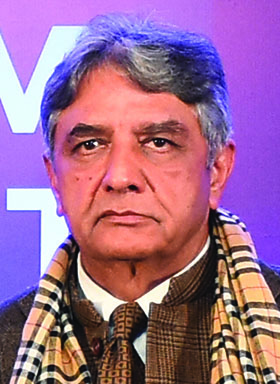 During my tenure as DG Tourism in the Government of India, it was post 9/11 that we were all involved in the branding exercise around Incredible India. At that time, I vividly recollect one of the early meetings which Shri Jagmohan, our then minister for Tourism & Culture, took with senior officers of the Ministry at that time. His words of wisdom were that while you all do your best for increasing foreign arrivals, we must pay equal and in fact greater attention to development of domestic tourism.
During my tenure as DG Tourism in the Government of India, it was post 9/11 that we were all involved in the branding exercise around Incredible India. At that time, I vividly recollect one of the early meetings which Shri Jagmohan, our then minister for Tourism & Culture, took with senior officers of the Ministry at that time. His words of wisdom were that while you all do your best for increasing foreign arrivals, we must pay equal and in fact greater attention to development of domestic tourism.
As Governor J&K, the Minister had reshaped the access route, the facilities and the environment of Mata Vaishno Devi Shrine which had resulted in big increase in tourist arrivals to the revered shrine and he quoted this personal experience. We all started paying attention to his advice which indeed, was full of merit and that is how several destinations such as Ajanta, Ellora, and others were rejuvenated and that is how a major chunk our budget which fortunately also got substantially increased from 2002 onwards, got allocated to domestic tourism sector.
Travelling down memory lane, I also had had a similar experience when I launched the “Raindrop Tourism” for Goa in 1986 to market Goa monsoon season nationally to attract domestic tourists promoting MICE, weddings and other segments which became a huge success over time and still continue to be one. Monsoon time which used to be an absolute bleak period for the hotel industry, became a parallel booming season and today one feels great to see the occupancy levels super high even though the number of rooms has increased manifold.
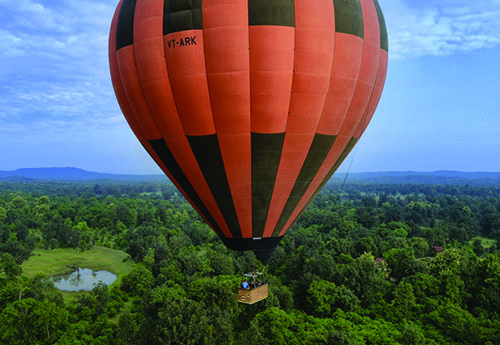
Growing with Domestic Numbers
I do believe that continuous growth of domestic tourism is most important which contributes hugely to India’s economic growth and employment opportunities besides acting as an important tool for national integration. From a very low domestic tourists figures in the year 2000 we are now closing towards two billion tourists in a year or two. In 2017, for example, the numbers stood is 1.652 billion and increasing annually. Continuous growth is possible because of the product diversity in our country.
Each State and even regions within the States offer different experiences and adventures. It’s like you are visiting different countries in Europe. Food, heritage, culture, clothes, languages, physical environment, landscape all are different but equally enchanting. Besides family, religious, medical and other based travel; these are the attractions which will continue to motivate people for visiting different destinations within the country.
Having said that, however, achieving this objective will not be without challenges. Tourism being a state subject, each state has to have a clear cut objective and yet tourism friendly policy for this growth in conjunction with policies of both the Ministry of Tourism and other Ministries of Government of India. I think it’s time that besides small, medium and deluxe hotels, we promote “Home Stay” in villages and in small towns particularly where the tourists can have relaxed and enchanting times. Indeed health, safe food and other basic hygiene standards have to be maintained. But like it started in Europe and has become a huge success; so it can be in the India of the future. A beginning has been made and it’s time to take it to next level. The state governments have to support wholeheartedly these endeavours by middle/lower middle class families. Imagine the goodwill it with create for governments and tourism sector professionals, promoters and companies.
Subhash Goyal, Chairman – STIC Group and Hony. Secretary – FAITH lays emphasis on student and youth travel
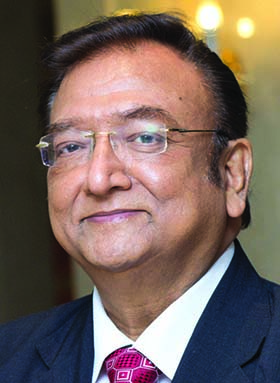 The Prime Minister’s speech has given a lot of boost to Domestic Tourism and it has inspired the tourism industry of our country to look within at Indian destinations.
The Prime Minister’s speech has given a lot of boost to Domestic Tourism and it has inspired the tourism industry of our country to look within at Indian destinations.
I appeal to all the Outbound Tour Operators of the country to open a division especially for Domestic and Inbound Tourism because this will not only promote remote destinations in the country but also promote a better understanding between different regions of the country.
Domestic Tourism is a base on which International Tourism can be built. The easiest way for the country to do is that the PMO should issue instructions to all the schools and colleges that every year the students from South India should visit North India and the students from North India should visit South India.
Similarly, students from Eastern States of India should visit students from western states as a part of their curriculum. This will not only promote Domestic Tourism but also help in national integration and making succeeding generations aware of the touristic, historical, cultural and educational potential of other parts of their country.
All students should visit all the World Heritage sites in India, at least once, and students should be asked to write essays and articles on these heritage sites.
The scope of LTC should be increased to the private sector and these companies should get tax benefit on such programmes.
As tourism is a labour intensive industry, the government should use domestic tourism as a tool to eliminate local poverty, generate employment and economic growth, upgrade infrastructure and alleviate pressure from overcrowding. Moreover, domestic travel helps address seasonality within regions, while also dispersing tourists to less visited rural areas, which tend to be overlooked by foreign visitors.
KB Kachru, Chairman Emeritus, Radisson Hotels in India and South Asia, highlights how both domestic and International tourism are important for their own reasons.
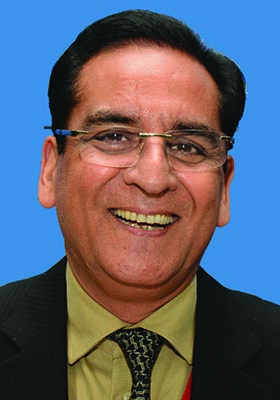 We have been greatly encouraged by Hon’ble Prime Minister Narendra Modi’s support for the Indian tourism industry. Since he assumed office in 2014, the Prime Minister has consistently stated his backing for tourism and asked his team to focus on policies to stimulate its growth.
We have been greatly encouraged by Hon’ble Prime Minister Narendra Modi’s support for the Indian tourism industry. Since he assumed office in 2014, the Prime Minister has consistently stated his backing for tourism and asked his team to focus on policies to stimulate its growth.
The PM’s speech on the 73rd Independence Day contained many sentiments that we concur with. He recognised that tourism “strengthens the economy of the country” and asserted that we could “carve a place for ourselves amidst the major tourist destinations of the world”.
However, in my view, for India to become a truly global destination, besides focusing on domestic travel – we must at the same time increase our international arrivals. India is still lagging a long way behind in this area; we currently receive fewer international arrivals than Vietnam or Singapore, and only about one third of the number that visit Thailand. Although, India’s rank in the Tourism Competitiveness Index has jumped from 65th in 2013 to 34th in 2019, but we are still lower than Luxembourg and Finland.
The Prime Minister stated that Indian citizens should try to visit “15 destinations before 2022”. I am fully supportive of this; I agree that our children should learn more about their nation’s heritage, culture and roots. Also, from a practical perspective, it is only common sense that we should try to capitalise on our pool of increasingly affluent domestic travellers.
PM’s plan for developing 100 tourism destinations, including “five, seven, ten such destinations in each state.” This is a good idea, and we need to build upon it; maybe we can select one or two attractive destinations with proper infrastructure in each state which can be effectively promoted domestically and select few on the global stage. Indonesia has done this, with its plan to promote ten new tourism hotspots and ease pressure on Bali. India should consider this model, to encourage overseas visitors to look beyond Goa, Rajasthan and the Golden Triangle.
International tourism offers many benefits. Besides bringing dollars into the Indian economy, it helps to raise our standards of product quality and service, and it boosts overseas investment and international connectivity. Most importantly, it enhances global perceptions resulting in more international investments.
In his speech, PM Modi stated that tourism has the ability to drive “maximum employment generation”. This is true, but the statement needs to be ably supported by the government. They need to introduce clearer policies which can be executed and also accord required benefits for this highly capital-intensive industry.
PM Modi has always been a strong supporter of the tourism industry; I trust he will continue to recognise the benefits of both domestic and international travel in future, in order to achieve a strong, sustainable and well-balanced tourism economy.

